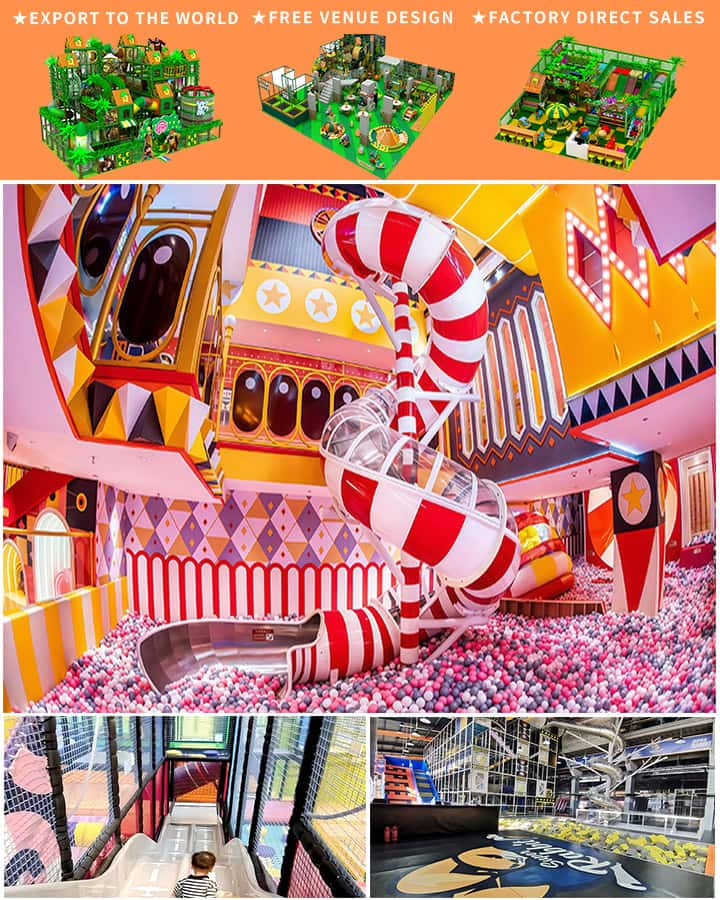Designing and manufacturing amusement park equipment is a complex task that combines creativity, engineering precision, and safety. Central to this process are Computer-Aided Design (CAD) drawings, which play a pivotal role in transforming imaginative concepts into thrilling realities. From roller coasters to Ferris wheels, CAD drawings ensure every piece of equipment is meticulously designed, tested, and manufactured to provide both excitement and safety for park-goers.
The Evolution of CAD in Amusement Park Design
Historically, the design of amusement park equipment relied heavily on manual drafting techniques, which were time-consuming and prone to errors. The advent of CAD technology revolutionized this field by providing designers with powerful tools for creating precise and intricate designs. Today, CAD software enables engineers and designers to visualize and simulate their ideas in three dimensions, making it easier to identify potential issues and optimize performance before any physical component is fabricated.
Key Benefits of CAD Drawings in Amusement Park Equipment
Precision Engineering: CAD drawings allow for the creation of highly accurate blueprints, ensuring that each component fits perfectly with its counterparts. This precision is crucial for maintaining the structural integrity and safety of rides, especially those that involve high speeds and complex movements.

Simulation and Testing: Advanced CAD programs offer simulation capabilities that enable engineers to test how a ride will perform under various conditions. These virtual tests can identify structural weaknesses or safety concerns long before construction begins, saving both time and resources.
Customization: Every amusement park aims to offer unique experiences, and CAD drawings facilitate customization. Designers can modify existing plans or create entirely new concepts tailored to specific themes or requirements, enhancing the overall guest experience.
Collaboration: CAD drawings serve as a universal language among engineers, designers, and manufacturers. They can be easily shared and reviewed, allowing for seamless collaboration across different departments and even with external partners.
Regulatory Compliance: Safety is paramount in amusement parks, and CAD drawings help ensure compliance with industry standards and regulations. Engineers can incorporate safety features into the design and demonstrate through detailed drawings how the equipment meets regulatory requirements.
Case Study: The Roller Coaster Redesign
To illustrate the importance of CAD drawings, consider the redesign of a popular roller coaster. Engineers begin with a conceptual sketch and use CAD software to create a detailed 3D model. This model allows them to simulate the ride’s track layout, train dynamics, and passenger experiences. They can adjust variables like speed, G-forces, and loop sizes to perfect the thrill factor while ensuring safety protocols are met.
Once the design is finalized, CAD drawings guide the manufacturing process. Components are machined to exact specifications, reducing the likelihood of errors and ensuring that all pieces fit together flawlessly during assembly. Even after installation, CAD models can be used for maintenance planning and troubleshooting.
Future Trends in Amusement Park Design
As technology continues to evolve, so too will the use of CAD drawings in amusement park design. Virtual Reality (VR) and Augmented Reality (AR) are expected to become integral tools, allowing designers to immerse themselves in their creations and make more informed decisions. Additionally, advancements in materials science could lead to lighter, stronger, and more sustainable ride components, further enhancing the guest experience while minimizing environmental impact.
In conclusion, CAD drawings are indispensable in the design and manufacturing of amusement park equipment. They bring precision, efficiency, and innovation to the table, ensuring that every ride delivers both exhilaration and safety. As the industry continues to push the boundaries of creativity and engineering, CAD technology will undoubtedly remain a cornerstone of amusement park design.
By harnessing the power of CAD drawings, amusement parks can continue to captivate audiences with groundbreaking attractions that delight guests of all ages.




